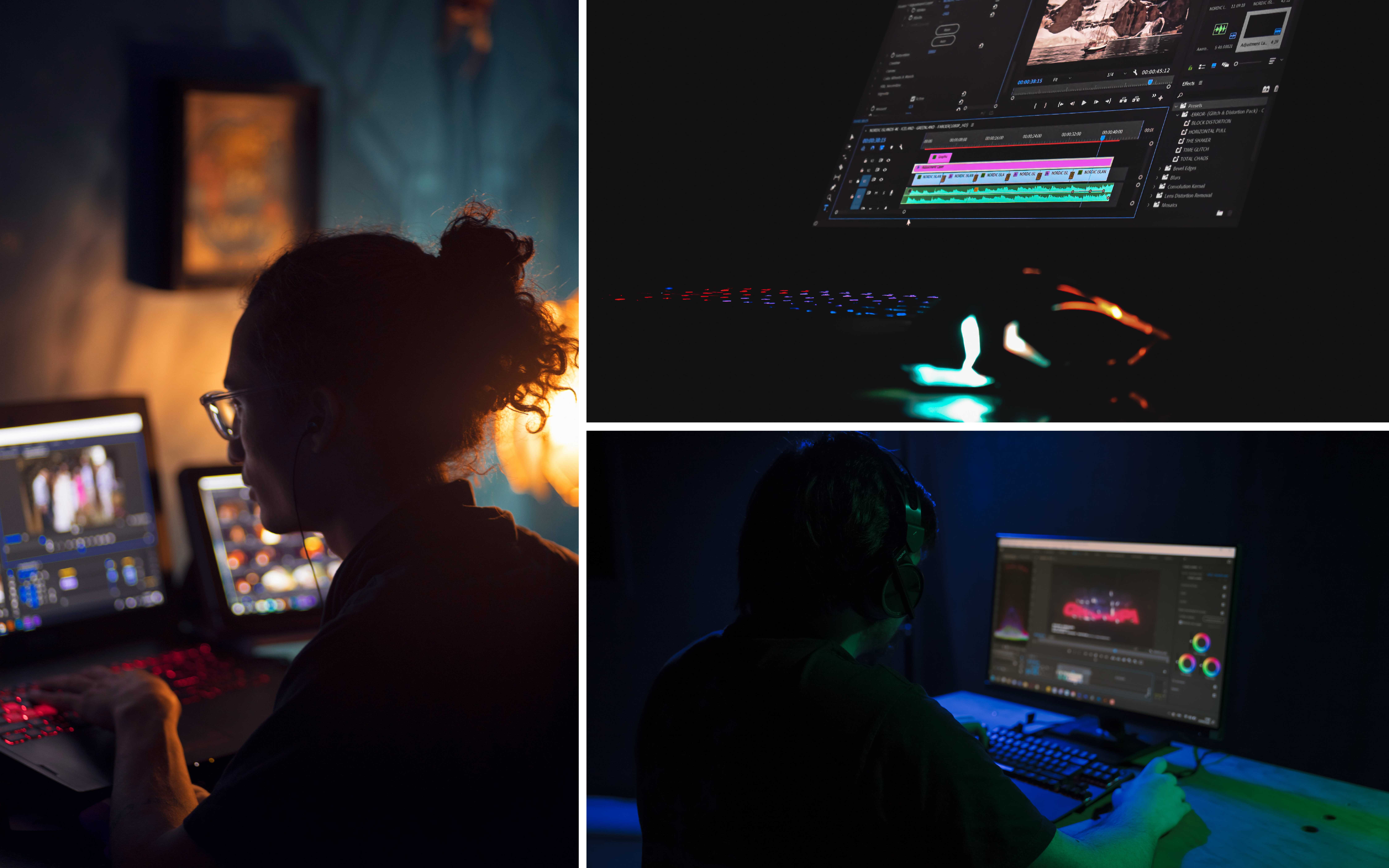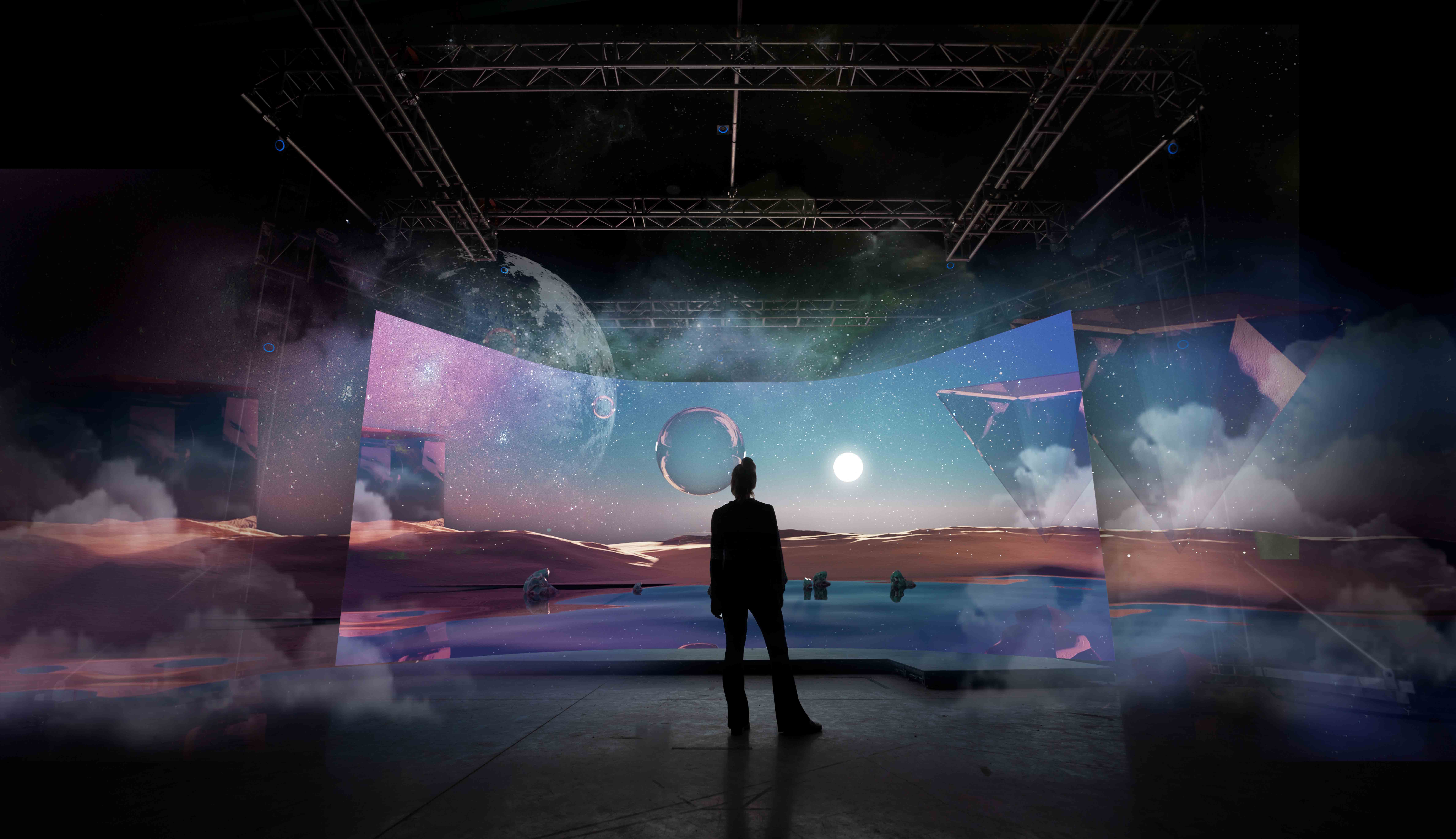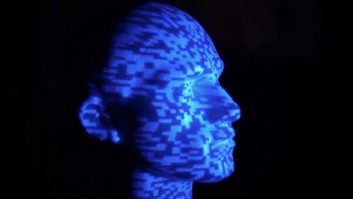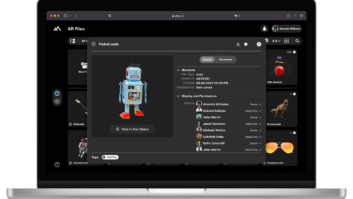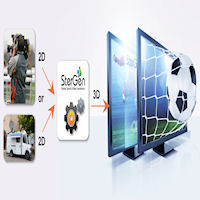
Chairman and founder of Stergen Hi-Tech, Miky Tamir, has invented a new 2D to 3D software conversion tool which he believes boasts superior technology to that of live 3D captured natively with rigs. Tamir is confident that his patent-pending software will be used by European sportscasters for the 2011-12 football season. The software is optimized for soccer, but versions for American Football, rugby, tennis and baseball are being developed; and it has been trialed by four broadcasters, with Stergen set to announce first sales at NAB. “There are many 2D – 3D conversion systems and software codes based on general purpose algorithms which, when applied to a sports feed, give an impression of 3D but very far from real 3D because the depth perception is very weak,” says Tamir, who previously co-founded virtual sets specialist Orad Hi-Tech and sports data and tracking systems vendor Sportvu. Stergen’s concept, specific to sports, takes cognizance of the geometry of the pitch and stadia: “If you could convert the video to a 3D model you could render the other eye very accurately,” says Tamir. “With sports we know about the environment such as the playing field, goalposts and stands, so we are able to separate every frame into its component objects – ball, players, stands, posts; and to each component, we apply appropriate geometry to generate a true and accurate 3D conversion.” The geometry is classified as players and goal poles are vertical, the pitch is horizontal, and stands have a known slope. The bulk of soccer editorial is captured using the high and wide shot position which in 3D is widely regarded as looking flat. “The virtual cameras in Stergen’s process have the versatility to be placed one or two metres apart from each other thus enhancing the 3D effect,” says Tamir. “We can play with convergence and converge as a function of a zoom which cannot be done in reality,” he says. “We have proved it to customers – our virtual cameras generate better 3D than real ones.” The software, which runs from standard HP Z800 workstations, can be placed anywhere on the video path and will automatically detect a cut between camera and select the right algorithm for that camera angle. “Broadcasters can operate it from the stadia or in a studio, saving greatly on the costs of a 3D outside broadcast,” says Tamir. Input to the system is 2D SDI and output is either two SDI signals or side by side, line by line or whatever 3D format is required. Tamir says there’s a two second delay on the process, being brought down to one second; and that the technology is even applicable to horse racing or golf where there is undulating ground and less of a pre-defined area.Interestingly, archive clips of legendary soccer players Maradona and Pele have been post converted using Stergen’s software. In addition, Tamir claims the technology is uniquely positioned to contribute 3D content to autostereoscopic displays: “To produce autostereo content you need not just two views, but eight to nine views; and to produce that, you need eight to nine cameras beside each other, which is simply not possible. So in that case you are left with generating the views in software – this is a byproduct of our system.” Stergen High-Tech is an Israeli company founded 18 months ago and 20% owned by graphics developer VizRT.

